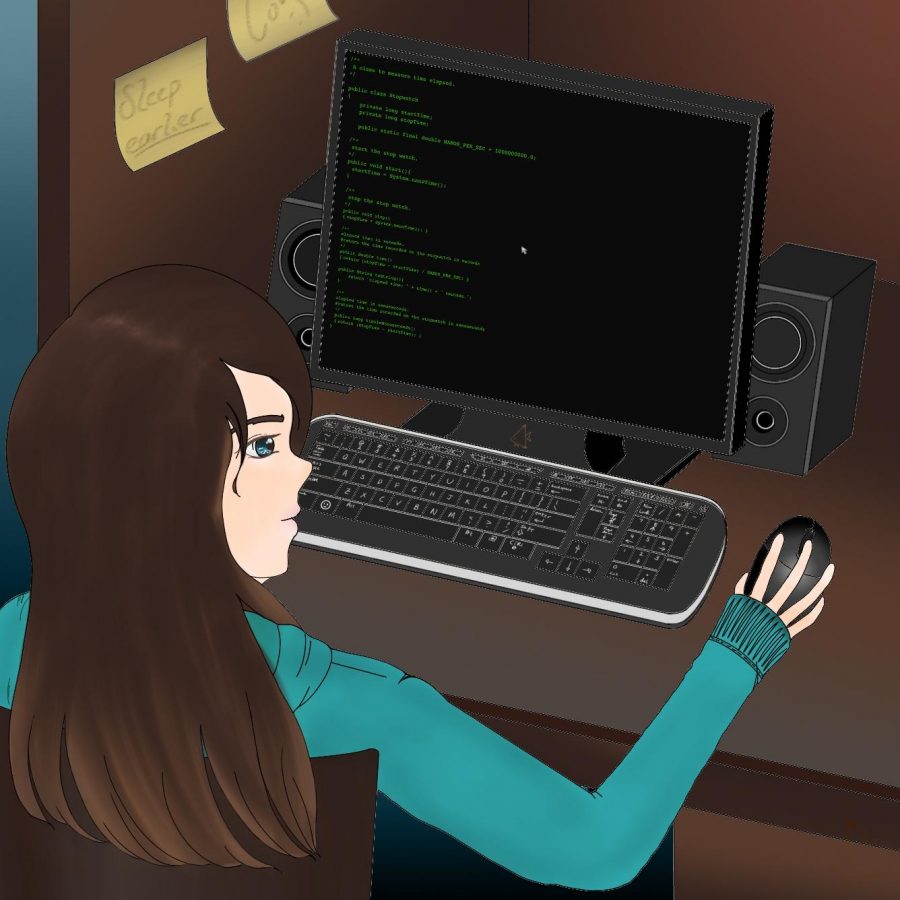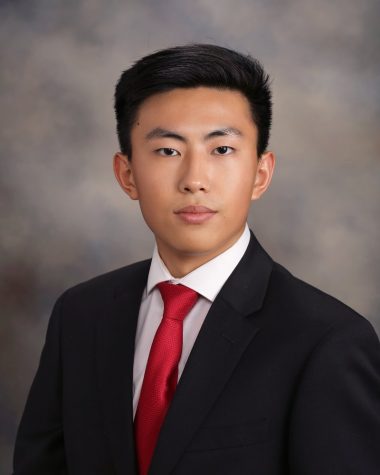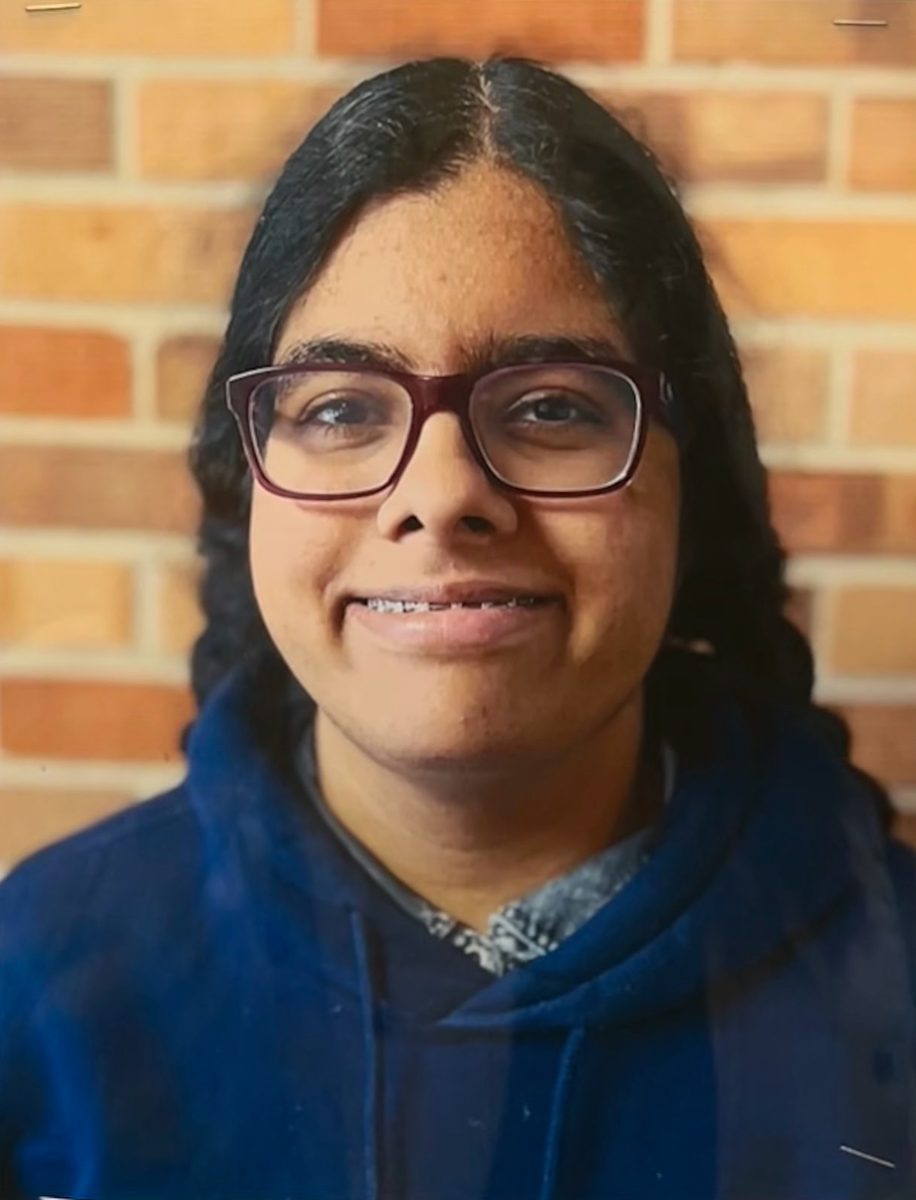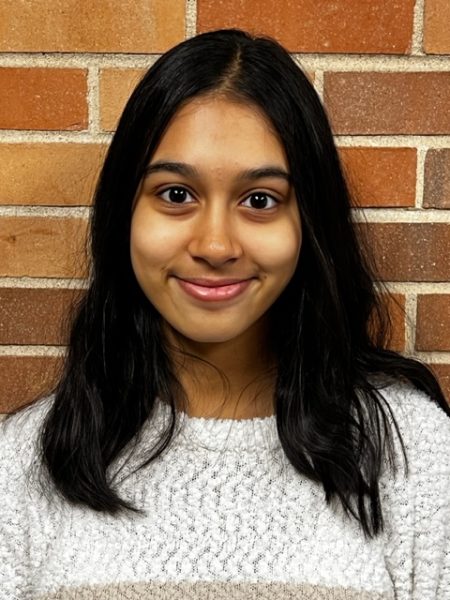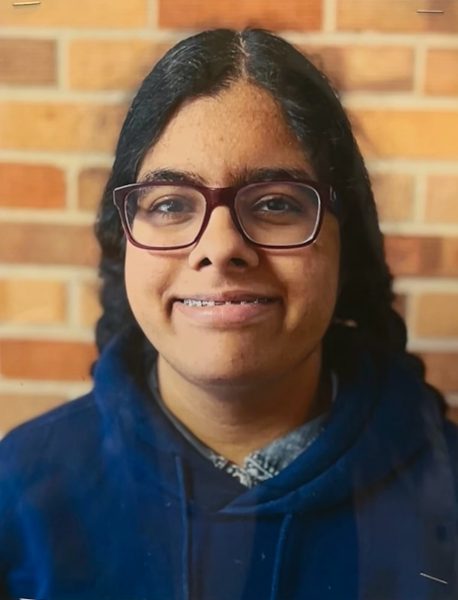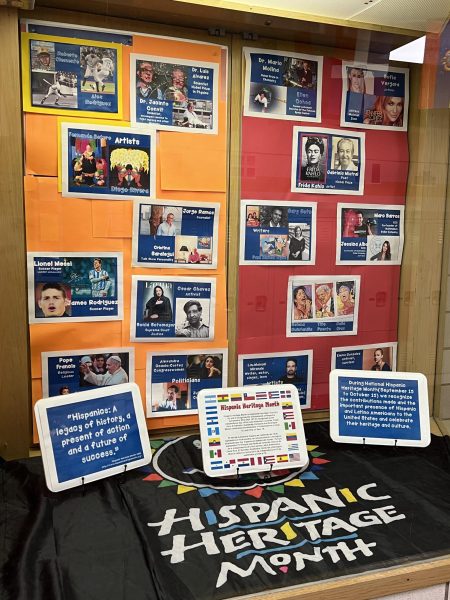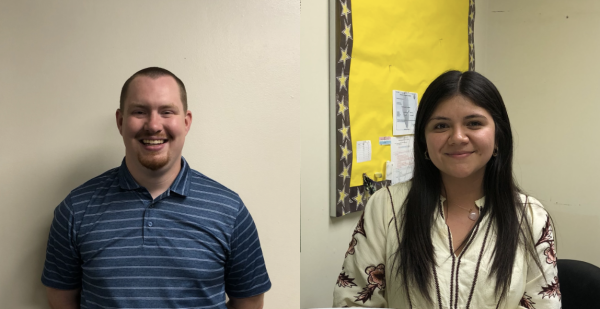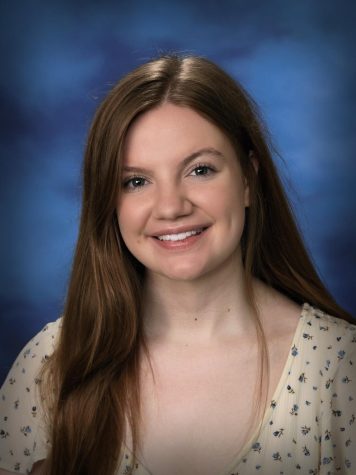Liberty, justice and coding for all
February 28, 2018
In the digitized information age, computer literacy is a necessity. The burgeoning computer science industry has grown exponentially in the past two decades, with a bright future of substantial growth ahead. The Bureau of Labor Statistics estimates a vigorous 24 percent job growth in the software development industry from 2016 to 2026, much greater than the projected national growth rate of 7 percent. Despite these otherwise-optimistic numbers, women continue to be underrepresented in the thriving field of computer science.
According to the 2018 Science and Engineering Indicators Report published by the National Science Board, only 23 percent of the 57,937 high school students who took the AP Computer Science A test in 2016 were female. Similarly, the National Science Board further reports that women made up only 24 percent of the computer and information science workforce in 2015.
Worryingly enough, College Board statistics reveal that in 2013, not a single girl took the AP Computer Science A test in Mississippi, Montana, and Wyoming. If it isn’t evident already, there’s quite a problem in the computer science industry.
Math and computer science teacher Shannon Denna is surprised by the status quo but agrees with the current numbers. Nonetheless, Denna remains hopeful for the future.
“Yes, there is definitely an underrepresentation. To be honest, I’m not quite sure why females are hesitant to take the computer science courses,” Denna said. “Over the last few years, I have seen a definite increase in enrollment, which I think is wonderful.”
Junior Amulya Malapaka, President of the Girls Who Code club at Fremd, agrees with Denna and explains the trend through her personal experiences in computer science.
“I truly think that there is an underrepresentation of females in computer science,” Malapaka said. “I have met many girls that are scared to try to attempt a class in computer science, let alone a career.“
For many women, diving into an unfamiliar field stereotypically dominated by the opposite gender is a daunting and uncertain challenge. It’s evident that a change in society is needed to inspire the next generation of female developers. Denna draws upon her initial impressions of computer science in college for reference.
“I know when I was an undergrad math major I was terrified of my programming class. It seems silly now, but I didn’t feel like I could fit in with all the guys who lived and breathed computers and had grown up playing computer games,” Denna said.
Though a scary encounter at first, Denna soon realized that her ambitions in computer science were within reach.
“Once I got past my fear of failure, I was able to see just how natural the coding process was for me and I became much less intimidated,” Denna said.
The challenges provided by computer science are practical and unique. From logic-based problem solving to abstract critical thinking, the lessons offered by the subject are invaluable. Junior and AP Computer Science A student Fiona Freeman reflects on her coding journey so far.
“I thought that it would be a good skill to learn in our technology-centered society. So far, I have definitely learned a ton of interesting and new things that force me to think and explore new ideas,” Freeman said. “I really enjoyed learning JavaScript and messing around with CSS and different game designs, but Java is also interesting with its logic-based syntax.”
There are infinite solutions to each and every problem in computer science. In this sense, computer science is a continuously evolving art form. Denna explains how computer science teaches flexibility and compatibility in future, unforeseen lessons.
“It is a great area for people who like to visualize a solution and then try to find a way to make it happen. There is a lot of creativity and trial and error that goes into programming. There are so many ways to get involved in the field,” Denna said. “The most important thing to remember is that the field is always changing. It is impossible to learn everything and keep up with all the different languages and technology. By learning the logic behind writing computer code and how to problem solve, you can apply that skill to any current computer language being used and new technology as it emerges. Learning to code teaches you a different way to think that can open up possibilities and greater success in STEM-based fields.”
On the other hand, Malapaka believes that women have, and will continue to revolutionize the computer science discipline–an equitable relationship of give-and-take.
“I think that women have a lot to offer for computer science as well as the other way around. Women can be creative and wonderful problem solvers, and computer science teaches girls to be brave and patient. Learning to code doesn’t come easily, but with the right amount of work and patience, it is an attainable goal,” Malapaka said.
If the advantages of computer science are so plentiful, then the question remains on how the benefits can be shared equally. According to TechCrunch, the Chicago Public School Board of Education voted unanimously to implement computer science as a core subject and graduation requirement in 2016. Indeed, computer science and a future in a STEM profession introduce a lifeline for many underserved minorities. For Freeman, the solution is to dive in headfirst.
“I would encourage girls to try coding even if they don’t like math or computers because it is fun for many people and it is extremely relevant in society today,” Freeman said. “Also, it’s important for girls to support other girls who want to take coding classes, but are scared of the male-dominated course.”
Accessible to all, many of Fremd’s computer science courses such as the aforementioned AP Computer Science A, as well as AP Computer Science Principles, require no prior knowledge or experience with coding. Likewise, Denna believes that introductory computer science is entirely approachable, and as the name suggests, introductory.
“The best way to start is to take the intro class. Learn the basics of computer code, the logic of how the computer thinks and how to give the computer instructions. From there, you can learn how to write programs that interact with someone at the computer which is very exciting. Once those basics are learned, you can go anywhere with the skill,” Denna said. “I think the field of computer science seems very vague and out of reach for many females and they don’t realize how broad the field has become. Computers are at the center of everything we do and by learning how to code you make yourself more able to take control of whatever area you chose to study in the future.”
For those who remain unconvinced, there is no harm in giving it a try. Malapaka acknowledges that while computer science isn’t necessarily meant for everyone, she nevertheless urges all hesitant students to consider taking it.
“Without trying something, you can never decide whether it is for you or not. My best advice is to try. After attempting something, you can decide whether you like it or not,” Malapaka said. “Moreover, more girls than not never get it right on the first time. I still don’t have it down perfectly, but I am still trying. But in computer science and life in general, you don’t have to be perfect.”
From the perspective of a teacher, Denna affirms that computer science is a rewarding experience for all.
“Lately, I am finding a lot of joy letting my advanced computer science students teach me new concepts they are learning on their own,” Denna said. “In this field, everyone has their own areas of expertise and it is important to be willing to be both the student and teacher and explore together.”

